Appearing from the era of the ancient Roman Thermopolium stores, to the time when restaurants allowed online ordering, home food delivery services have gone through a long development journey. Today, the food delivery profession, also known as "shipper", has become one of the hottest professions that many young people choose to do part-time. However, few people know where this profession originated from, or what interesting stories have happened in its development history.
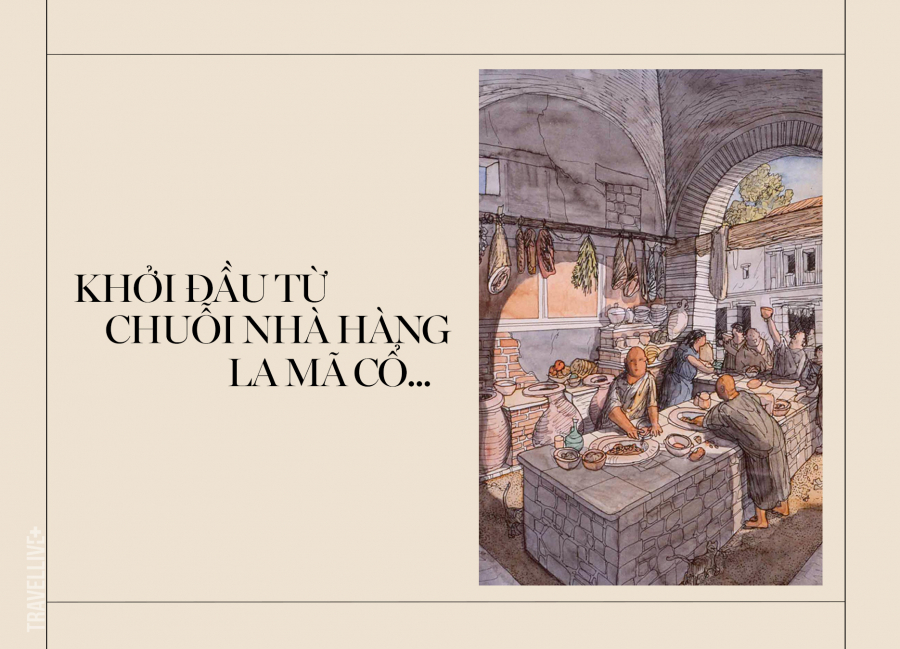
The concept of "fast food service" appeared from around 753 BC to 476 AD in ancient Rome, which can be said to be the foundation of the development of the profession.shipperThe Romans have been around for 2,774 years. They had Thermopoliums, which in Greek means “hot place.” They sold and served hot food in large clay pots on a counter—which sounds familiar, because it was not much different from the way we buy fast food today. There were no “delivery drivers” or online food ordering websites, but most Romans chose to buy food from Thermopolium restaurants and take it away, as cramped living conditions made home cooking difficult. So, Thermopoliums can be considered an early version of the modern fast food restaurant.

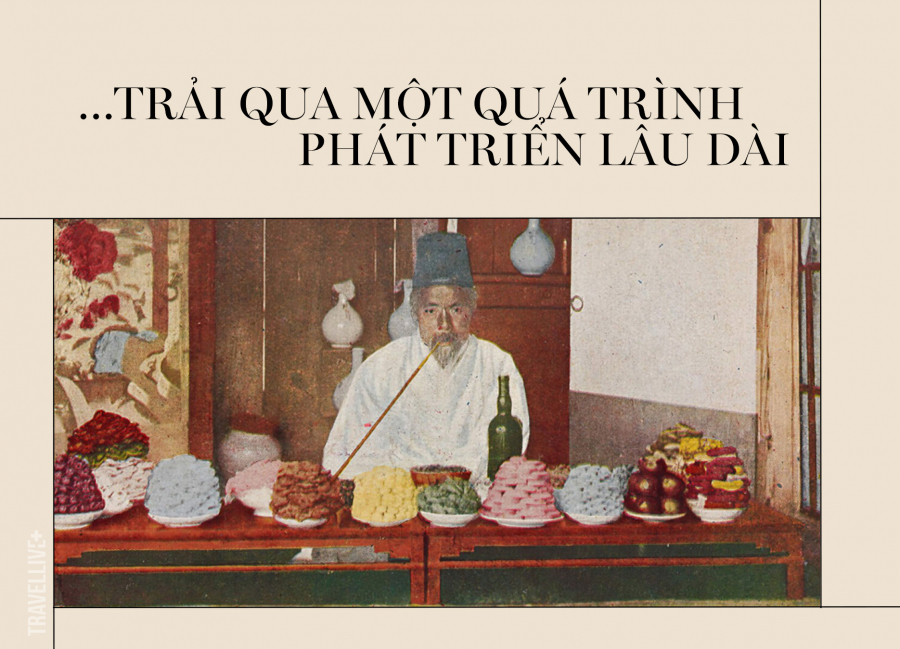
Fast forward to the 18th century, and this is when the concept of “home food delivery” began to develop and become widely known. The first recorded food delivery was the naengmyeon (cold noodles) delivery service in Korea during the Joseon Dynasty (1392-1910). In his book, scholar Hwang Yun-seok (1729-1791) also recorded that he ordered naengmyeon for lunch with his colleagues after the gwageo (a civil service exam during the Joseon Dynasty), which was on a day in July 1768.
It seems that naengmyun, a favorite delicacy in the royal court, became popular among the nobility, leading to the birth of delivery services. According to Lee Yu-won's book, King Sunjo (1800-1834) often ordered his servants to buy cold noodles and bring them back to the palace to enjoy while moon-viewing with his officials during his early years of reign. Haejang-guk soup was also prepared and delivered to the royal court during the 1800s. Over time, by the 1930s, food delivery expanded to include various types of soups and noodles, becoming a popular service. Then, advertisements for food delivery and catering began to appear in newspapers in 1906. There was even an article describing a day in the life of a food delivery man published in a Korean newspaper. The golden age of food delivery services in Korea began in the 1990s with the birth of fried chicken and pizza brands, and the “delivery” market has grown exponentially since then.
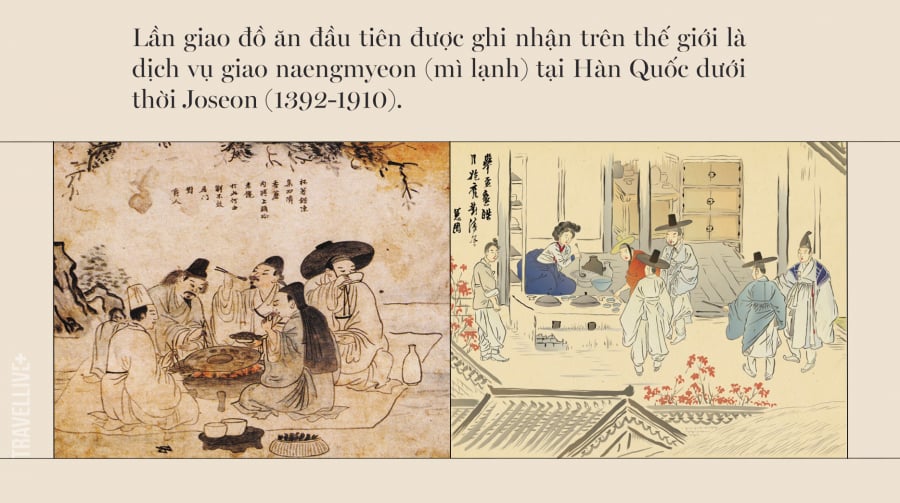
Food delivery services also appeared in Japan in the mid-Edo period, from the 1700s. Feudal lords would send servants to restaurants to convey their master’s orders, then the restaurant staff would bring the food to the lord’s residence. This form of delivery was called demae (literally “going ahead”).
Over time, demae has developed into a popular service and is loved by all classes of people, from students to office workers. In the era without telephones, soba delivery men used a special technique to stack bowls of noodles or other food into a tall tower, carry them on their shoulders, and then cycle to various locations, such as universities, to sell to regular customers. Many soba noodle shops from this period are still open, of which Honke Owariya is the oldest restaurant still in operation today. This shop is located in Tokyo, Japan and was founded in 1465, the current owner is Ariko Inaoke, she is the 16th generation of the family.
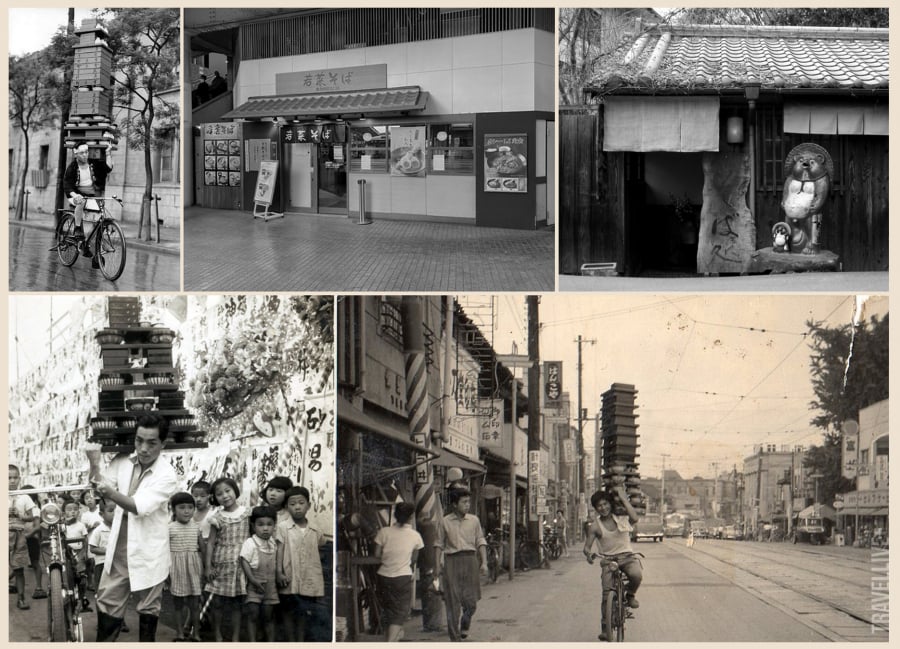
Meanwhile, in 1785, milk delivery services also began to take shape in the United States. At that time, fresh milk was a luxury that everyone craved. Gradually, as industrialization developed, cities grew and people became busier, people began to ask each other to buy milk from local farms, leading to the birth of home milk delivery services. The first "order" for milk is said to have been from a family with a newborn baby lacking breast milk, in 1785 in rural Vermont, USA. The profession of "shipper" delivering milk began to become popular and quickly spread throughout the world.

Another famous “big order” was the food delivery of Queen Margherita of Savoy, the wife of King Umberto I. During her visit to Naples, Italy in June 1889, the queen wanted to taste the food of the people – pizza. The famous pizza maker at that time, Raffaele Esposito, chose the freshest, most typical Italian ingredients: tomatoes, mozzarella cheese and basil, which also represented the Italian flag with 3 colors: red - white - blue. Legend has it that the queen loved this pizza so much that she wrote him a handwritten letter expressing her gratitude. Raffaele then proudly named his creation after the queen in her honor, from which we have the famous Margherita pizza.
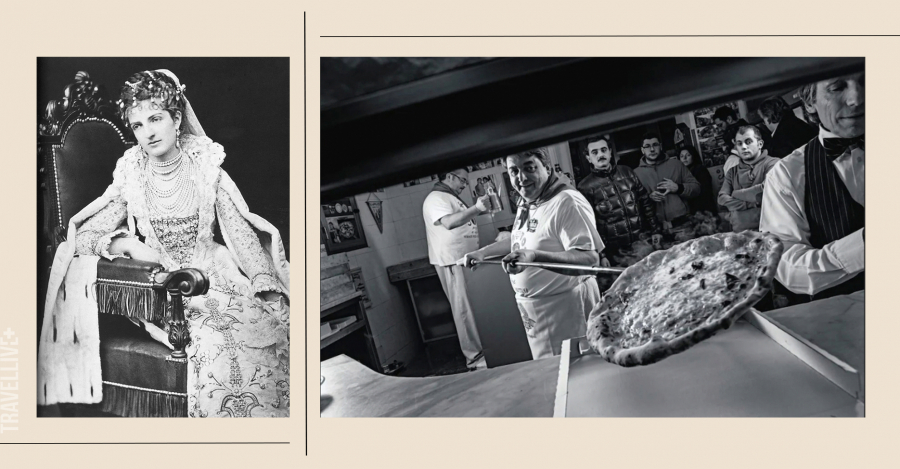
Nearly 125 years ago, in the late 19th century, when India was still under British rule, the urban labor force in India was growing rapidly, creating the premise for the development of food delivery services to serve the needs of this labor group. The delivery people were called Dabbawalas, literally “people carrying a box”. The Dabbawalas had a single task: to bring hot lunch to “customers”, mostly in urban, densely populated areas (like Mumbai). The Dabbawala system still exists today and Indians are familiar with the image of “shippers” holding food boxes on motorbikes or trains.

During World War II, many high-ranking officials had to seek refuge from the threat of bombings at any time. Therefore, governments began to recruit a number of chefs and volunteers to bring food to their homes. This is the typical form of food delivery that we often see today. This form was especially popular in London (UK) and even contributed to the recovery of veterans. Later, both Australia and the United States adopted this method, gradually, home food delivery services appeared everywhere in the world.
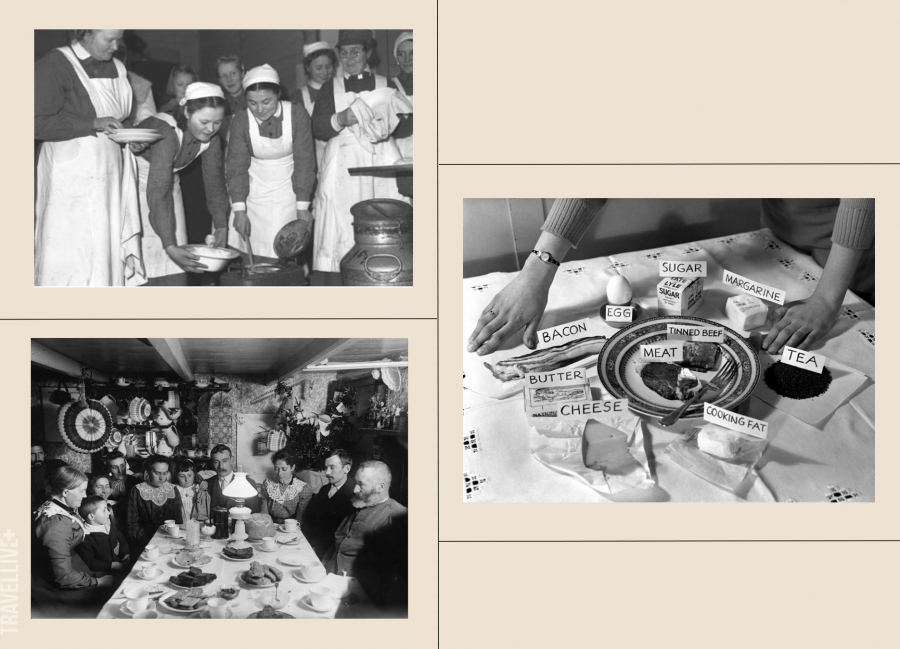
As you may know, “shippers” not only “ride” bicycles, motorbikes or even walk on their feet, sometimes they also drive trucks. The idea of food trucks first appeared in 1960, with the aim of ensuring food rations for workers at work. At first, these vehicles were very unsanitary, but that improved quickly, and to this day using trucks to transport fast food is still a popular form in most countries.
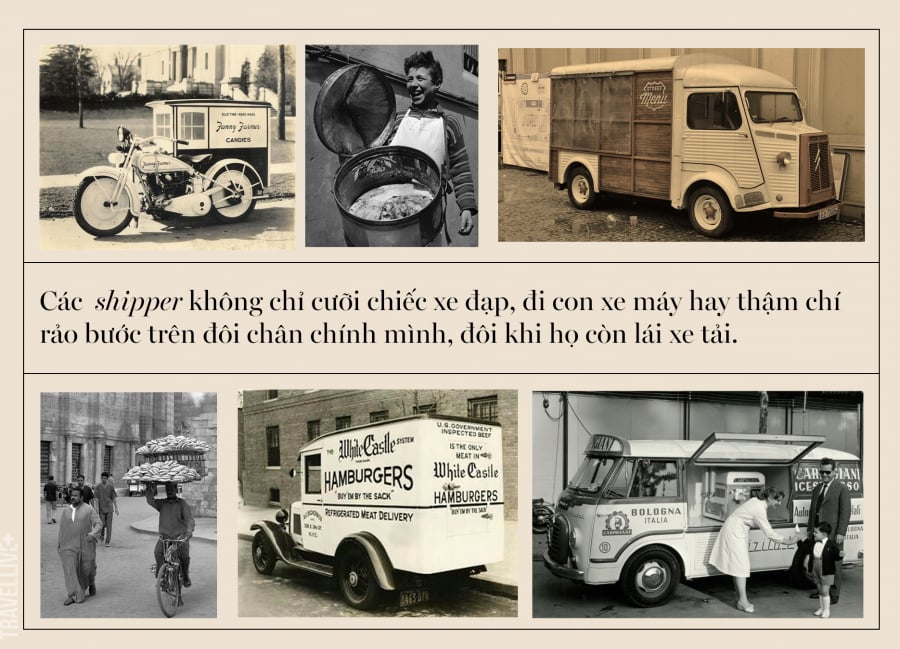

Finally, with the development of science and technology and the widespread coverage of electronic devices, we can sit at home and still easily “order delivery” a delicious meal - by ordering food online. Since 2004, online food ordering has exploded and become the pinnacle of food delivery services. Food company websites and ordering apps have sprung up countless times, providing unlimited access to all culinary brands.












